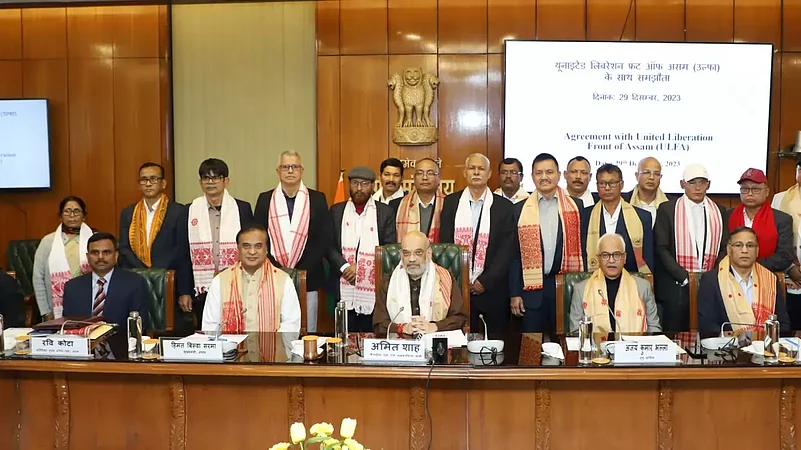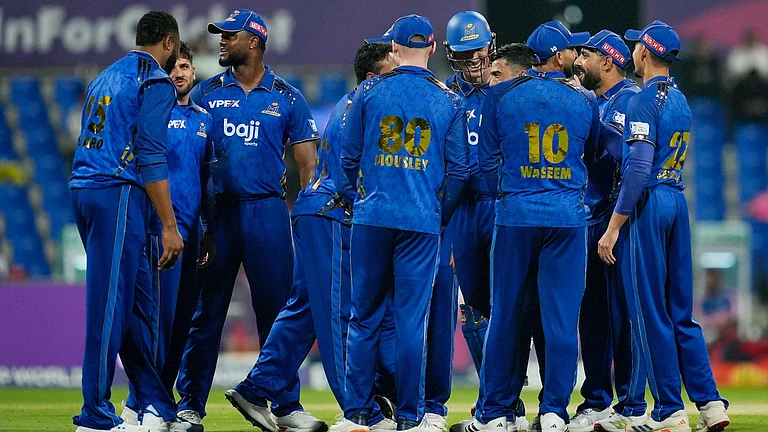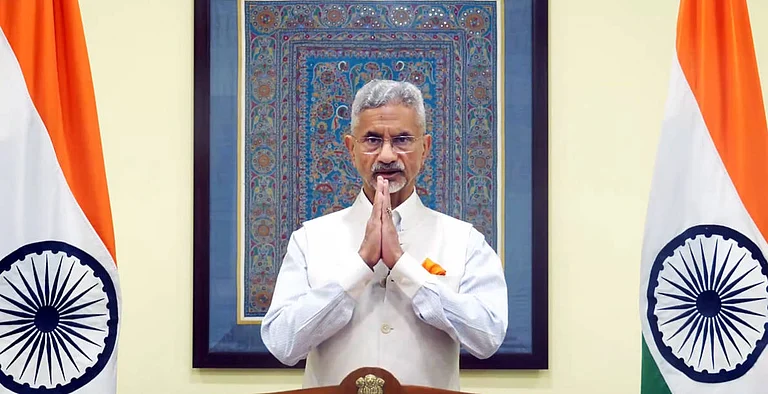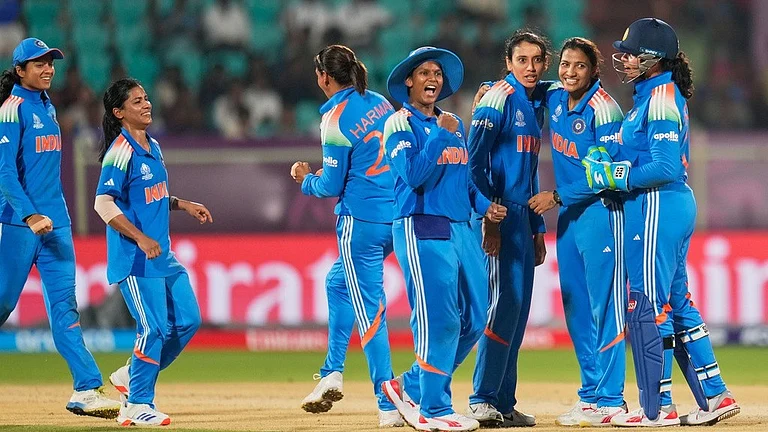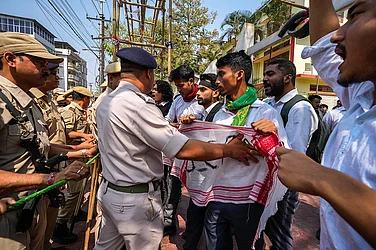The pro-talks faction of the United Liberation Front of Assam (ULFA), the oldest Assam-based militant group, announced on Friday it would shun violence and embrace democracy with the signing of a Memorandum of Settlement (MoS) with the Centre and Assam government. Union Home Minister Amit Shah hailed it as a “golden day” and said the agreement would bring a “complete end to violence in Assam”.
At its peak, ULFA’s writ ran large in parts of Assam and its tentacles were spread across South Asia, with camps in Myanmar and Bhutan, leaders in Bangladesh, and trainers in Sri Lanka and Pakistan. But the times have changed. The fall of the Liberation Tigers of Tamil Eelam (LTTE) in Sri Lanka, the pressure on Bhutan to close camps on its soil and flush out militants, the emergence of a friendly Sheikh Hasina-led government in Bangladesh that clamped down on anti-India elements, and factionalism and Indian crackdown weakened ULFA over the years.
As a result, while talks failed on multiple occasions before, an agreement has now been reached after negotiations that lasted for 12 years and caused a split in the group. A faction led by Paresh Baruah remains opposed to the talks and split from the group in 2012 to form ULFA-Independent (ULFA-I). Baruah was among the founders of ULFA and was the group’s ‘Commander-in-Chief’ at the time of the split.
While Shah dubbed the signing of the pact as the end of the ULFA insurgency in Assam, longtime observers of the state and the region say such a prediction might be too quick. It is, after all, just the latest in the line of the agreements with the groups in the Northeast, where ethno-nationalism and ethnic rivalries have run high for decades and have often turned violent. For much of the year, Manipur has been in the grips of ethnic violence that has killed hundreds and the peace talks with the National Socialist Council of Nagalim-Isak-Muivah (NSCN-IM) are in a stalemate for years.
Rajeev Bhattacharyaa, a senior journalist and the author of the recently-released book ‘ULFA: The Mirage of Dawn’, tells Outlook that the peace pact with the pro-talks ULFA faction will contribute towards peace and development in Assam but it is doubtful if it will have any effect on talks with other groups in the region.
“Northeast India has become the land of accords but without much success except the Mizo and Bodo accords. All insurgent groups must be included in any peace process if the government is serious about peace in the region. We see very often that peace agreements divide the groups that leads to factional fights,” says Haokip, Professor and Head, Department of Political Science, North-Eastern Hill University (NEHU), adding that the state often adopts ‘divide and rule’ policy with the groups in the region.
The MoS has also been linked to the upcoming 2024 general elections, with observers saying the Bharatiya Janata Party (BJP) —with governments both in Centre and in Assam— needs something to show in the Northeast as an achievement where the traditional plank of Hindutva is not as potent as in the Hindi heartland — at a time when the Manipur crisis has dented its image.
The Opposition has dubbed the agreement as a rehash of old talking points. The Opposition leaders have also flagged the absence of a mention of Clause 6 of the Assam Accords —providing Assamese with “constitutional, legislative and administrative safeguards” to “protect, preserve and promote the cultural, social, linguistic identity and heritage of the Assamese people”— in the pact and absence of Baruah’s hardline faction. Congress leader Debabrata Saikia, also the Leader of the Opposition in Assam, has also flagged that the pact does not mention the demand of the scheduled tribe (ST) status to six Other Backward Class (OBC) communities. He also criticised the mention of the state’s National Register of Citizens (NRC) exercise.
What Does ULFA Peace Pact Have?
The Memorandum of Settlement (MoS) has been signed between the pro-talks ULFA faction led by founding member Arabinda Rajkhowa, the Centre represented by Union Home Minister Amit Shah, and the Assam government represented by Chief Minister Himanta Biswa Sarma.
The MoS includes the disarmament and disbandment of ULFA, the vacation of militant camps, a lump-sum payment to ULFA cadres, and a slew of projects to Assam under a Rs 5,000 crore special package, which includes setting up of an Indian Institute of Management (IIM), a railway manufacturing plant, an international cultural centre, several sports complexes, and road connectivity projects among others, according to details of the agreement that have made it to the media.
The MoS also mentions the NRC and says that those excluded should be dealt with as per the law once the ongoing proceedings of the Supreme Court are over.
The ULFA has been in talks with the Centre since the 1990s, but the clout of extreme elements in the group led by Paresh Baruah, the former Commander-in-Chief and now the head of the ULFA-I faction, and the circumstances at the time did not allow significant progress. In 1992, a six-member ULFA delegation led by General Secretary Anup Chetia met the then-Prime Minister PV Narasimha Rao and top central officials but the ULFA General Council rejected it and the process faltered. A similar process kickstarted in 2005 at the behest of the then-PM Manmohan Singh also did not materialise.
In 2008, another round of process started and two companies of a Myanmar-based ULFA battalion declared a ceasefire. Later, ULFA Chairman Rajkhowa led the process and formally entered into talks with the Centre in 2011 after signing the agreement suspending the operations of ULFA. Twelve years and a split later, the process has materialised with the signing of the MoS.
Complicated Road Ahead Or ‘Landmark’ Moment?
With the signing of the Memorandum of Settlement (MoS) between ULFA, Centre, and the Assam government, the armed group is now set to give up arms and disband its camps. Union Home Minister Amit Shah has assured the agreement would be implemented sincerely, putting up a confident face despite observers highlighting the patchy record of such pacts in the Northeast.
The Centre “will comply with all provisions of the agreement” and a “time-bound program” will be made by the Centre to fulfil the demands of ULFA and a committee will also be formed for its monitoring, said Shah.
Observers said it’s easier said than done. TT Haokip, an expert on the armed movements in the region, tells Outlook that Northeast India has become a “land of accords” as many agreements have been signed with militant groups, but the success has been limited. He further flags the absence of the hardline faction of ULFA, led by Baruha, from the agreement.
Rajeev Bhattacharyaa, a senior journalist and author of the book ‘ULFA: Mirage of Dawn’, says the possibility of factional conflict is very low. He, however, adds, “The anti-talks ULFA faction led by Paresh Baruah is still active with camps in Myanmar. It still has the capacity to strike although its strength and capacity have reduced over the years.”
Bhattacharya also links the agreement to the upcoming general elections. He says, “The Indian state is ad-hoc in nature. There is no long-term plan for anything. Everything is linked to electoral gains and the trigger for the accord is the forthcoming general elections next year.”
As for the implementation of the pact, which will decide whether the agreement becomes successful or turns into one of the many agreements of the region, Bhattacharya notes that some ministries have been notorious in the implementation of agreements.
Bhattacharyaa tells Outlook, “The government and especially some ministries have a notorious track record in implementing agreements inked with groups in the Northeast which are not only harming the region but also the country. The people and organisations in Assam are dissatisfied with this agreement but many aspects of the agreement are new. The challenge is to implement them at the earliest.”






